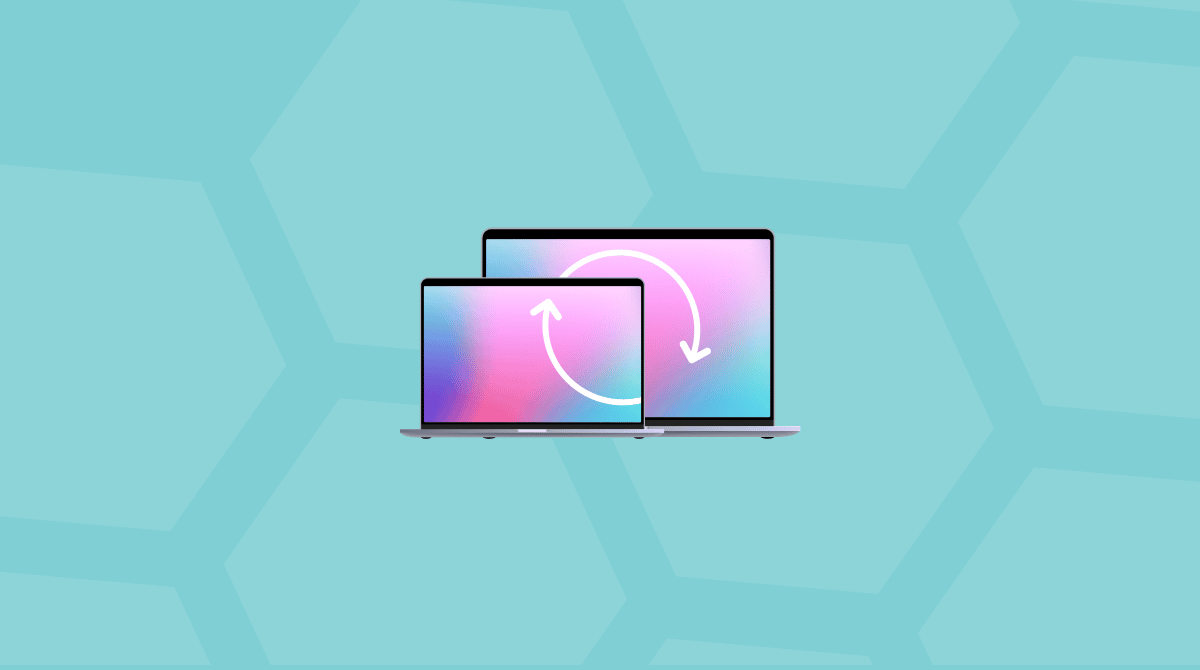Digital sustainability. Is it just another buzzword? Maybe your business is already doing enough in terms of sustainability? After all, you are saving electricity, automating waste management, or posting something environmentally friendly on your blog.
Yes, digital sustainability is largely an inflated term. Nevertheless, turning your business “greener” makes it score higher on the ESG scale. And that is real money from investors and a chance to secure your financial future.
So, how to do Digital Sustainability? Well, you’ve come to the right place. I’ll explain what exactly digital technology and sustainability is, why you should care about it, and even show a few examples of steps you can start taking right now. It’s a lot — so buckle up and let’s get sustainable.
What is digital sustainability?

According to reports online, if the internet were a country, its energy consumption would be the third-largest in the world — behind only the US and China. That’s a lot of power. And hopefully, that illustrates how much responsibility each of us has in being more conscientious about how we use technology to take care of the environment.
Benefits of digital sustainability in your business
Now, just because this article is about digital sustainability doesn’t mean it’s all about limiting your computer and device usage. Quite the opposite, really. A big part of a business’ sustainability efforts is how they can use technology to improve their workflows and efficiencies with physical products.
A prime example of this is upgrading your office with smart devices like thermostats and lights. This will let you monitor their usage and not rely on a scheduled device that may continue to heat/cool or keep the lights on even when your team is not working.
🚗 How Volkswagen is doing it
In February 2021, the Canadian branch of Volkswagen redesigned its website to make it carbon-neutral. They reduced the amount of data generated by the website, turning down colors and getting rid of memory-heavy images — typical for the automobile industry.
How to cut your digital footprint
There are two steps to get you on the path to sustainability.
Organize and systemize
Most companies are storing tons of duplicate and redundant data on the company’s servers. Could that be mapped and meta-linked properly?
👉 According to the US Department of Energy, each GB of downloaded data equals 3 kg of CO2.
Optimize your website
If your website is visually heavy, it’s probably environmentally heavy, too. You can reduce the number of unnecessary plug-ins and start using AMPs (adapted mobile pages) wherever possible.The last thing I want to do is oversell the simplicity of becoming more sustainable. That said, it’s not impossible to do either. Throughout the article, I’ve sprinkled in examples of steps you can take to be more mindful, but luckily for you, I have a few more thought starters to give you inspiration for your business.
1. Go paperless
This probably seems like a no-brainer but cut out paper wherever you can. Internally, with your team not printing pages and pages of decks. Or even opt to send your customers emails and texts instead of wasteful mailers. Physical mail is often thrown away, and its impact on the environment adds up when you ship it.
2. Embrace remote work
More and more companies are starting to allow their employees to work remotely. This not only helps you cut down on the amount of office space you need, but it also reduces pollution from your employees having to commute. Obviously, not all work can be done remotely, but jumping at the opportunity for the people that can be remote will have a drastic impact on your sustainability efforts — in a good way.
3. Implement automation
There are some critics of automation in the workforce. If you’re trying to replace your staff with it, those critics may be right. But you can use automation to track compliance with security protocols, eliminate flaws in basic routine tasks, and reduce the burden on your IT support team.
So why not let a specialist tool do the job for you? CleanMyMac Business is a centralized Mac monitoring solution that lets IT admins automate basic tasks like maintenance workflows, app updates, disk cleaning, and malware scans. With its help, the number of performance-related support tickets will be reduced.
This way, you provide your team with more time to come up with solutions that can make workflows more efficient and improve your core business. Get started with CleanMyMac Business here.

4. Review your supply chain
Taking a sustainability lens into your supply chain is another great place to start. Is there a way to digitally deliver your final product to customers? Or is there another more sustainable source you can get materials from? Improving any part of your supply chain can help your company be more mindful, not to mention that it is of extra value for your customer.
5. Monitor your products’ life cycles
These days it seems like everything is single-use. When it dies, just throw it away and buy a new one. But if you’re able to monitor your products even after they’re in your customers’ hands, then you’ll be able to diagnose their point of failure better and improve your product to not die as quickly.
6. Offer end-of-life recycling
Most customers simply don’t know how to dispose of things properly. If you’re selling digital technology, establishing an e-waste or end-of-life recycling program will help your customers get rid of products in a more environmentally friendly way. So, while you’re not fixing any sustainability issues with your products upfront, you’re helping take responsibility for them when customers are finished using them.
Digital sustainability isn’t just another buzzy trend. It’s something that can not only improve your business but also raise the morale of your team. It empowers them to make a difference for your company and the planet. And not to mention all of the additional business benefits that come from the outside-the-box solutions your company will inevitably come up with.








